Research from low- and middle-income countries suggests that women with disabilities are twice as likely to experience intimate partner violence than women without disabilities. They are at increased risk of other forms of violence, including sexual abuse and disability-specific forms of violence, such as physical neglect or denial of care, over- or under-medication, emotional abuse focused on the disability, and economic exploitation. Violence can lead to new or more severe disabilities.
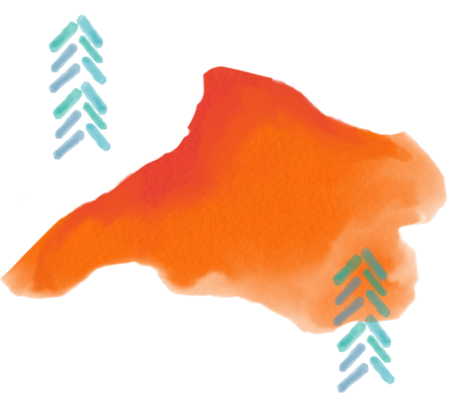
Social and economic processes, including discrimination and stigma, exacerbate risks and vulnerabilities. They also make self-protection and access to services and prevention programming more difficult. These barriers can include limited outreach, difficulties with accessibility, and lack of disability-specific materials.
Despite calls by disability rights advocates for inclusive programming, few violence prevention programmes or services accommodate the needs of women with disabilities. Nor is there much evidence on what works to prevent violence against women with disabilities. One recent analysis of three intimate partner violence prevention programmes found that the programmes’ impact on violence was similar for women with and without disabilities. However, their impact on other outcomes—economic empowerment and health—was more varied: women with disabilities sometimes benefitted more and sometimes less than women without disabilities.
Analysis of these studies concluded we can ensure inclusion by measures such as:
- Using recruitment and monitoring strategies aimed at people with disabilities
- Training staff in disability inclusion
- Raising awareness of disability rights
- Partnering with local disability organisations
- Supporting the leadership of women and girls with disabilities in programme design
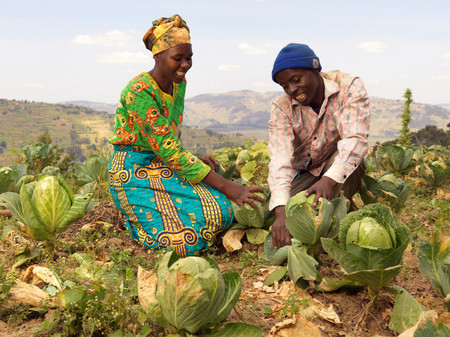
How People with Disabilities Experience Programmes to Prevent IPV
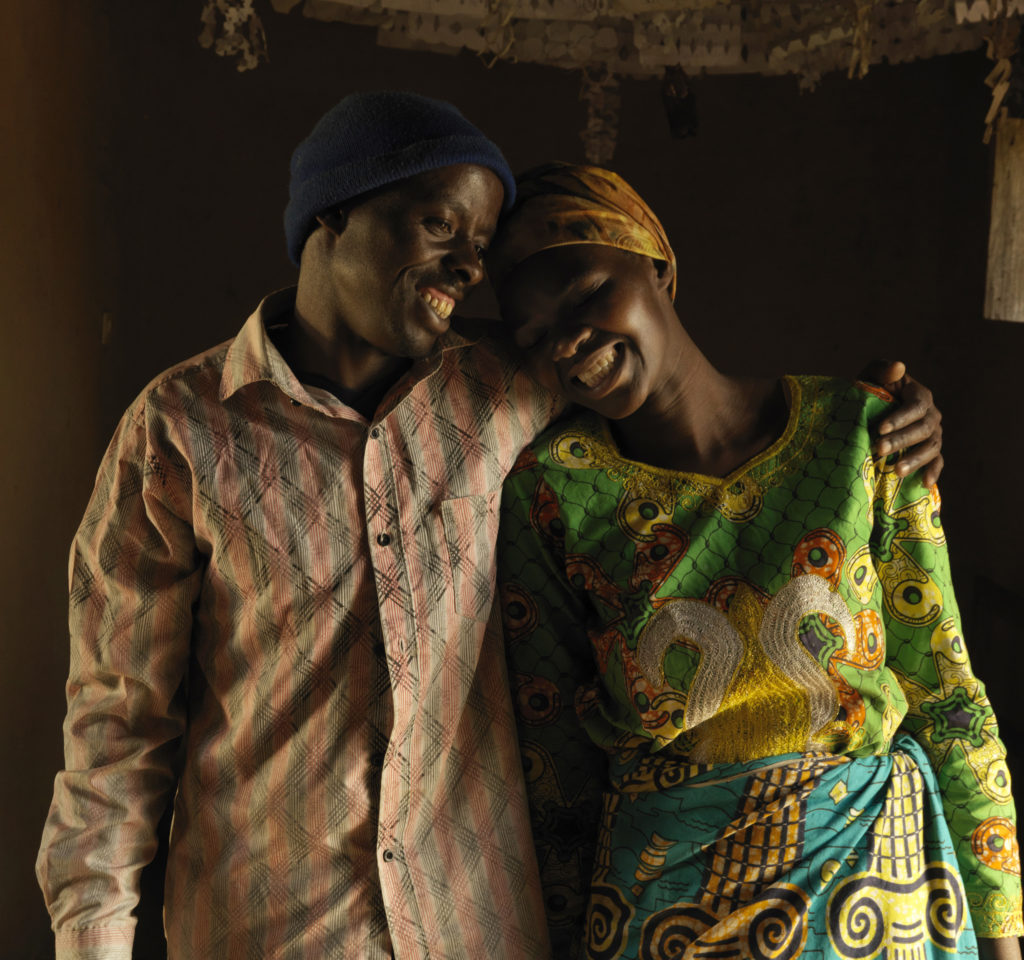
How Do Programmes to Prevent IPV Impact Women with Disabilities
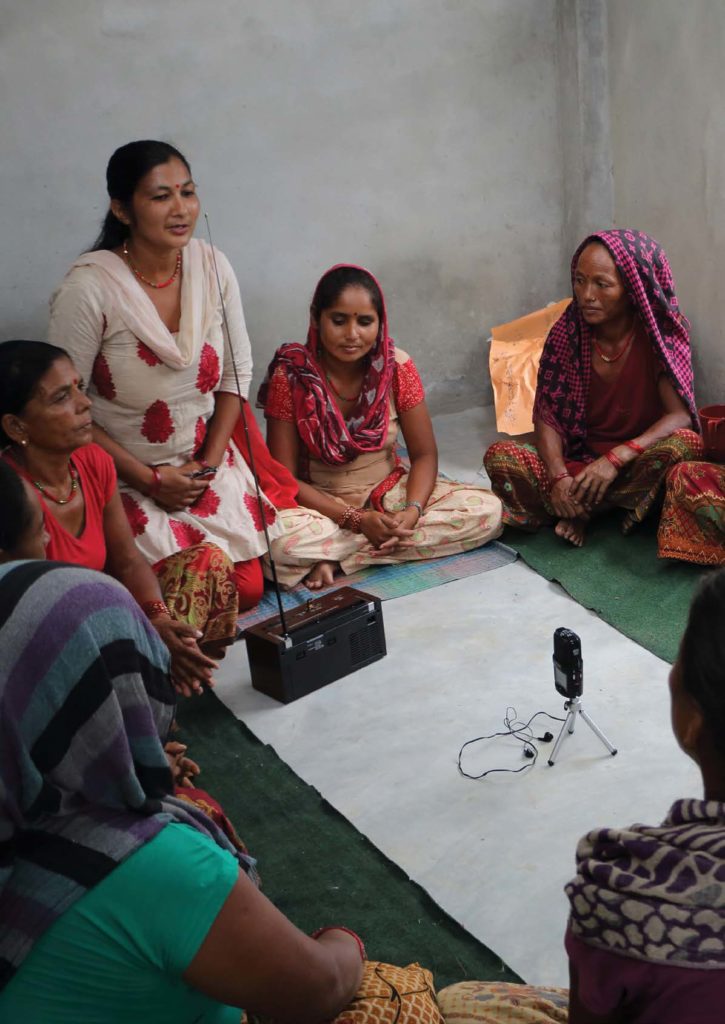
Preventing Violence against Women and Girls with Disabilities in LMICs
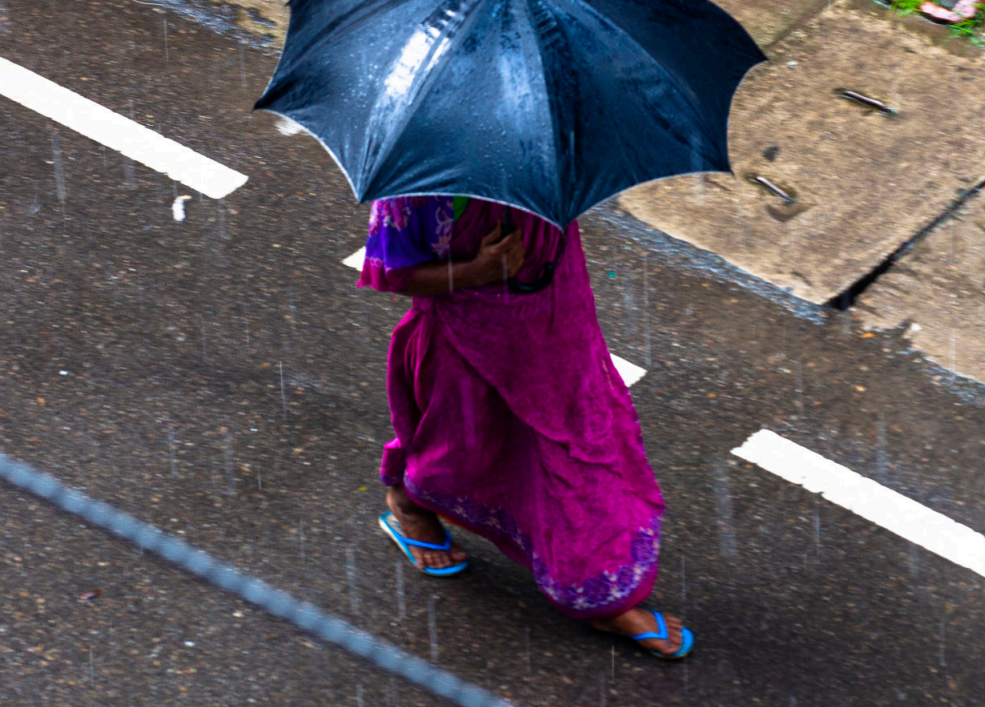
DISABILITY AND GENDER-BASED VIOLENCE: ADD INTERNATIONAL’S APPROACH (A LEARNING PAPER)

